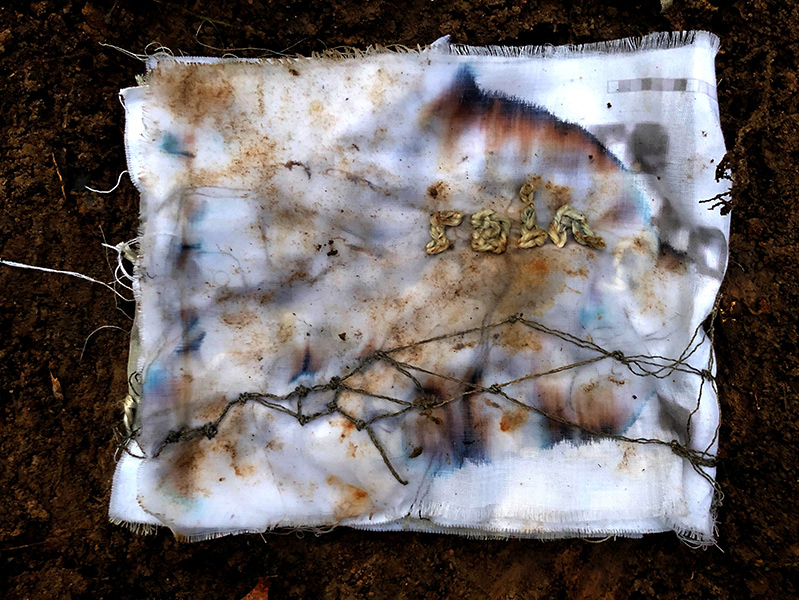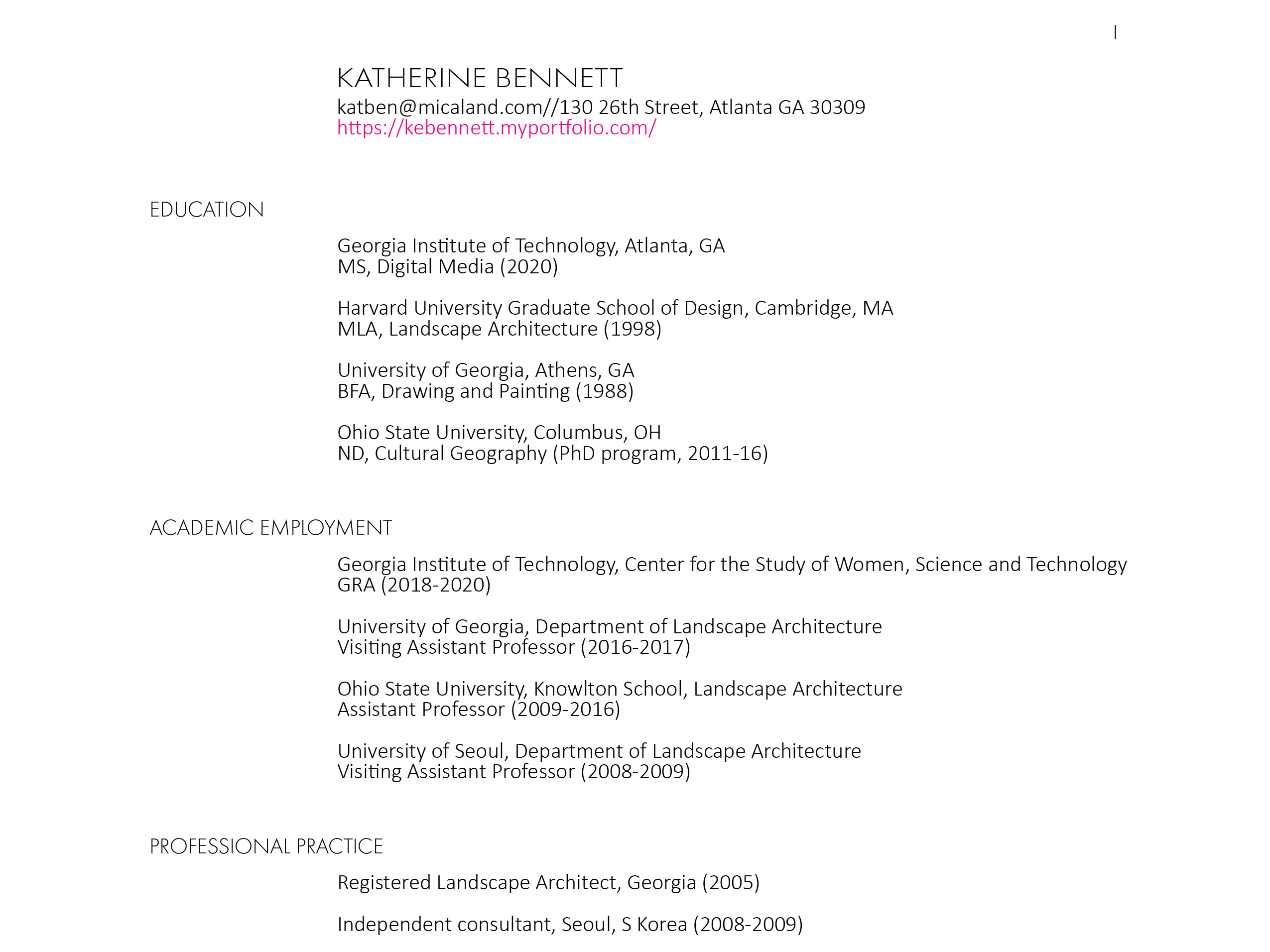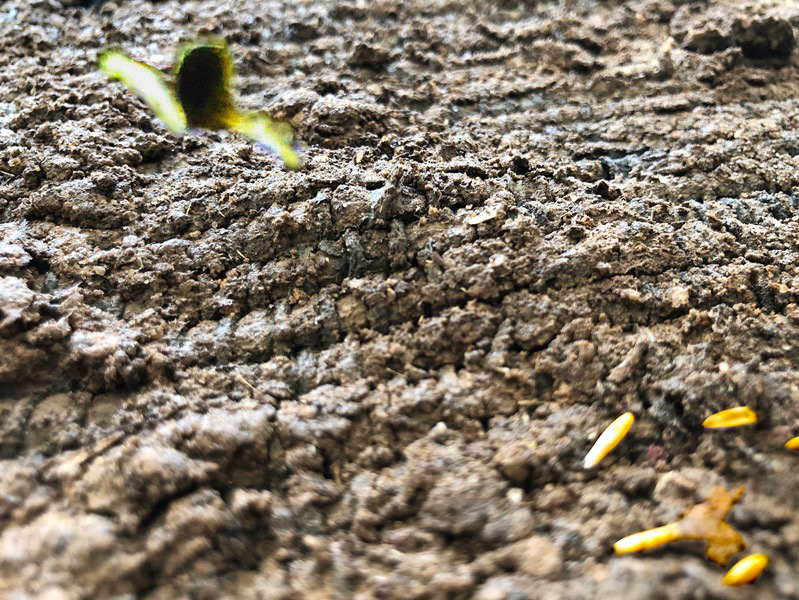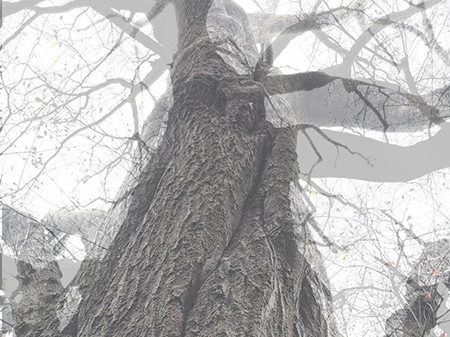Iteration with stocking diaphragm. This and all artwork on page by Katherine Bennett except as noted
Digital Craft
Dr. Michael Nitsche
Individual Research/Project
11 August - 5 December, 2019
If words are untethered from the material world, how do representations gain a foothold?
Barad 2003, "Posthumanist Performativity: Toward an Understanding of How Matter Comes to Matter." Signs 28:3, 311
Barad 2003, "Posthumanist Performativity: Toward an Understanding of How Matter Comes to Matter." Signs 28:3, 311
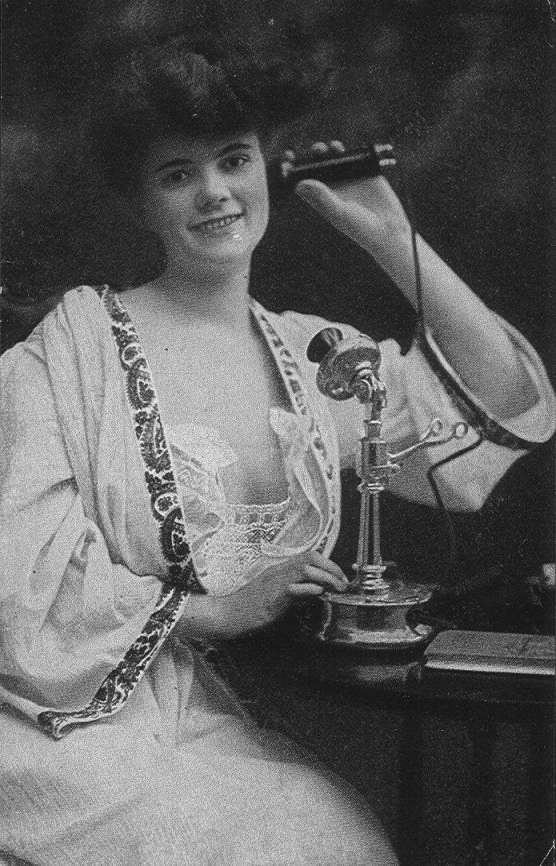

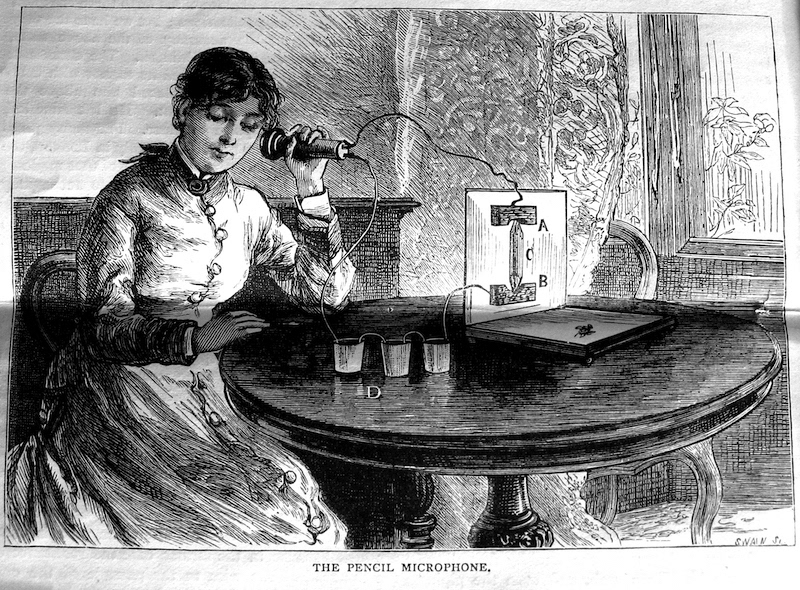
left, postcard image of a model with the candlestick telephone, c. 1910, https://commons.wikimedia.org/wiki/File:CandlestickTelephoneGal.jpg; center, photo of Genevieve Clark Bain, later a candidate for the U.S. House of Representatives, with the candlestick telephone, c. 1920-15, https://en.wikipedia.org/wiki/Candlestick_telephone#/media/File:Genevieve-Clark-Bain.jpeg; right, drawing for newspaper story on the Hughes [carbon] Pencil Microphone, n.d., http://davidedwardhughes.com/hughes-microphone/
...And thus we say writing for all that gives rise to an inscription in general, whether it is literal or not and even if what it distributes in space is alien to the order of the voice. Derrida 1997, Of Grammatology, 9.
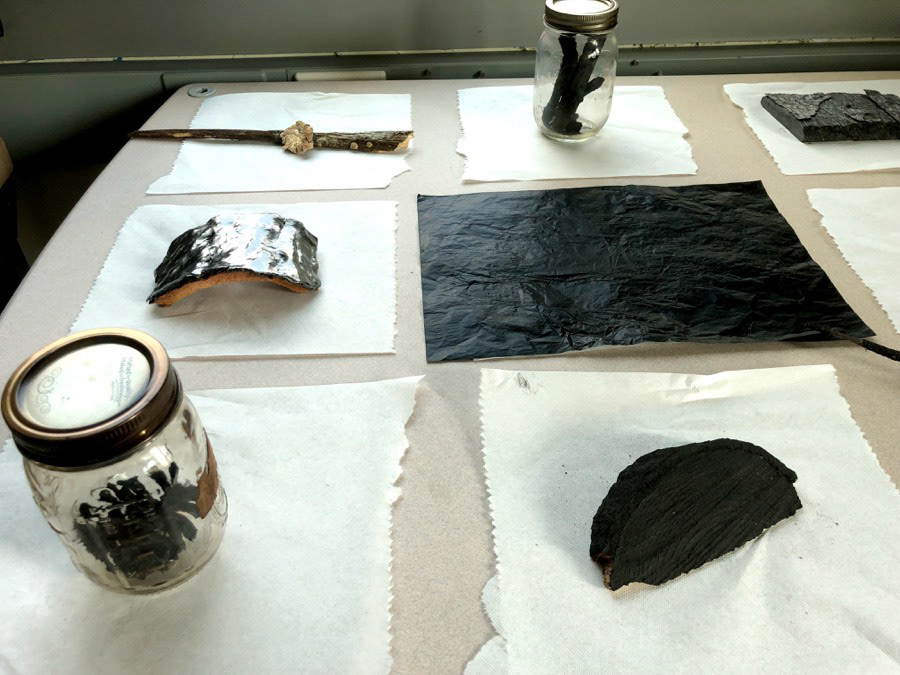
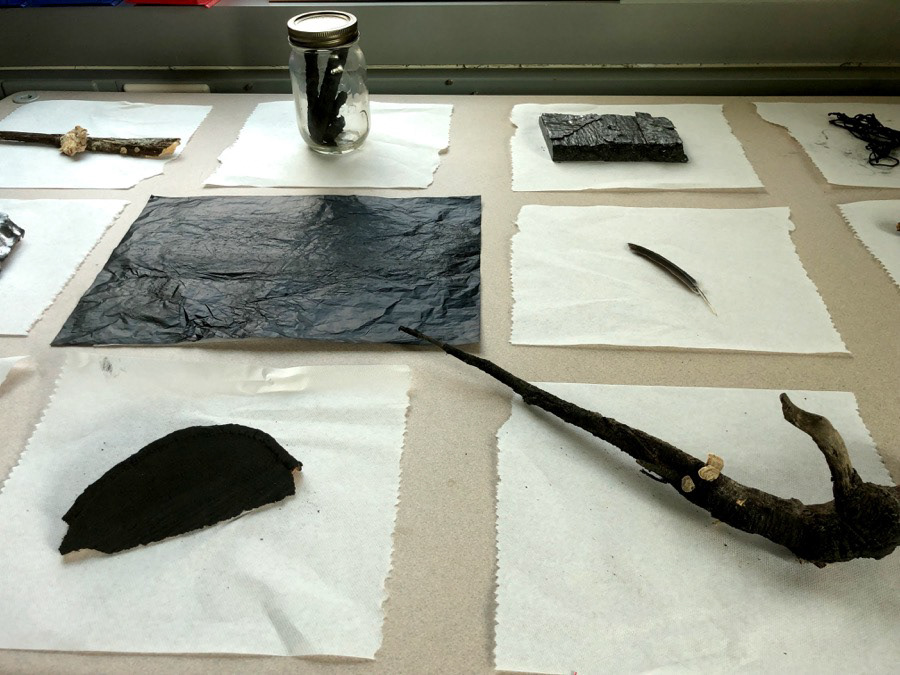

Material studies with carbon, September 2019.
Pinephone is a microphone made with a pinecone. Its purpose is listen to carbon, an elemental material at the center of the microphone, of life on Earth, and of death from climate change. Pinephone re-presents carbon as its very material self, and as an author of the material compositions we call words.
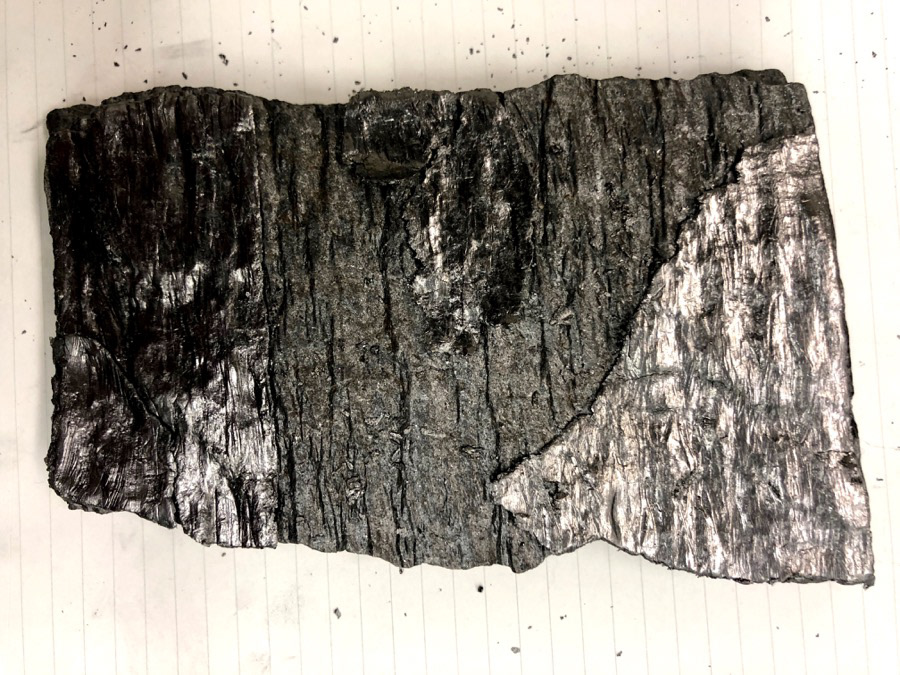
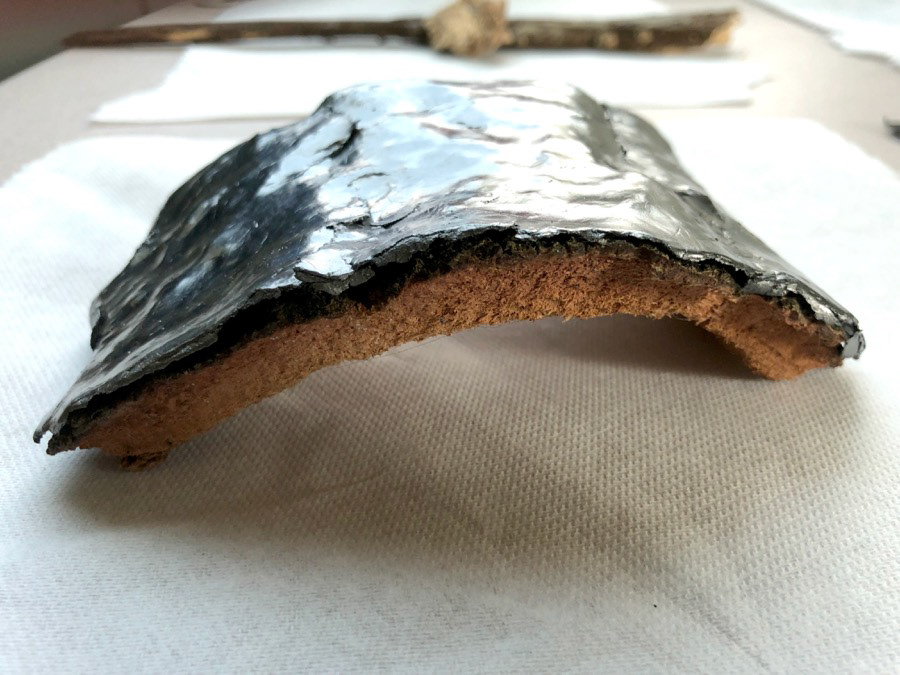

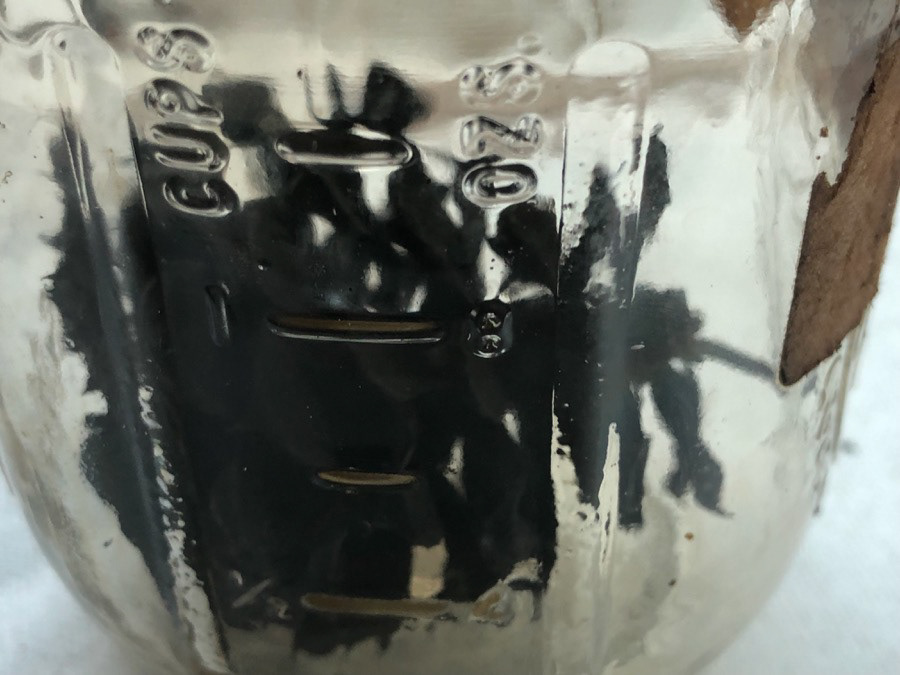
Material studies with carbon: left and center left, carbon foil pressed into sections of quartzite stone and tree bark; center right, carbon/graphite powder painted onto a tree cutting; far right, a charred pinecone.
Carbon figures prominently in the history of communications on this planet, a history extending to the material cultures of beings as diverse as trees, mushrooms, and people. Ancient carbon traders, trees and mushrooms exchange messages written in carbon and nitrogen through underground networks of interpenetrating roots. Carbon is also the pigmenting material of human words and images written in black ink and graphite pencil.


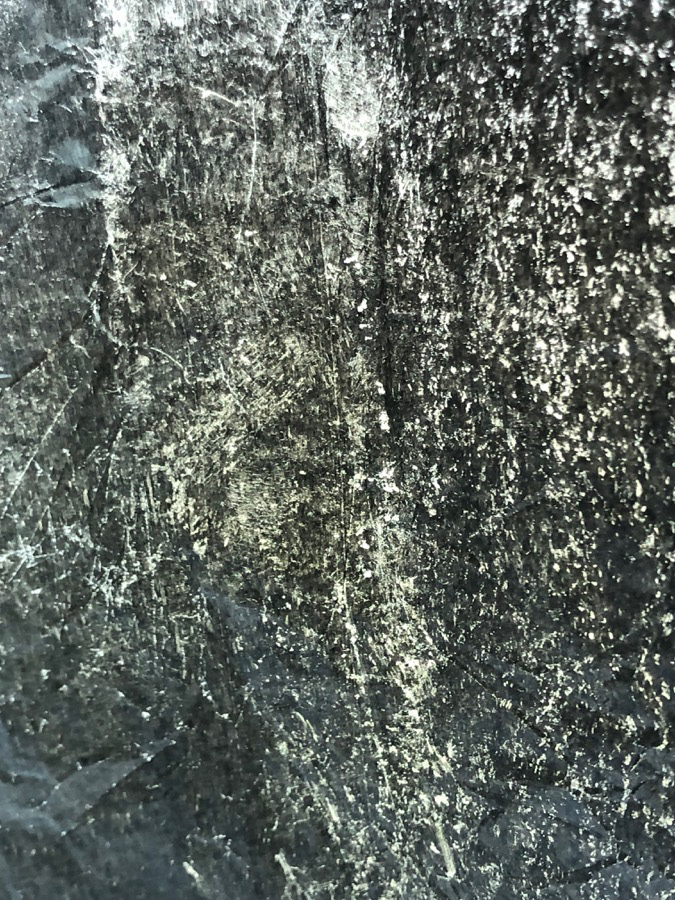
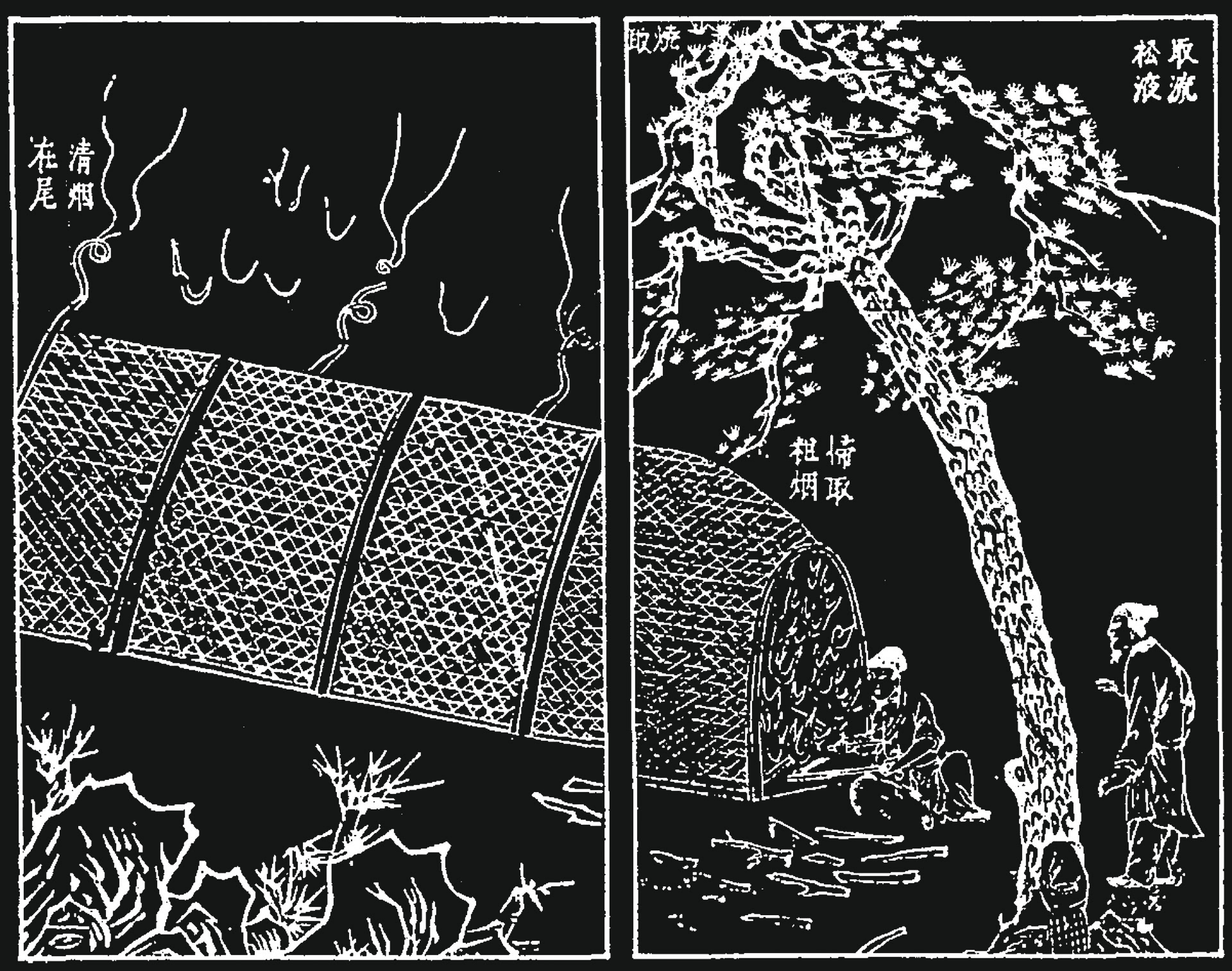
far left, color-inverted photo of musician playing to overturned tree roots (K Bennett); center left, interference contrast microscopy photo of inter-grown tree and mushroom root cells, www.mycorrhizas.info, color-inverted by K Bennett; center right, monoprint of wood bark with feather stipples on carbon paper (K Bennett); far right, print illustrating the historic process of making ink with charred pine wood. In Song Yingxing, ed. 1637, The Tiangong Kaiwu (Creations of Heaven and Human Labor), https://en.wikipedia.org/wiki/India_ink#/media/File:Inkmaking_-_Tiangong_Kaiwu.jpg, color-inverted by K Bennett.
Chinese people historically made "India" ink with charred pine tree wood -- Burned wood scraps remain a significant source of carbon's charcoal form. China continues to lead the world in mining graphite, a metamorphic form of crystallized carbon (https://mineralseducationcoalition.org/minerals-database/graphite/). Emerging from the heat of wood fires, volcanoes, and coke furnaces, carbon as charcoal, graphite, and oxide circulates through the laboratories, factories, highways, and atmosphere of Earth.
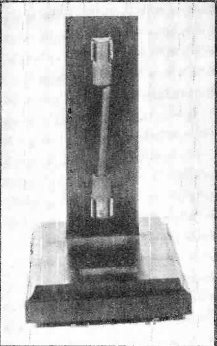
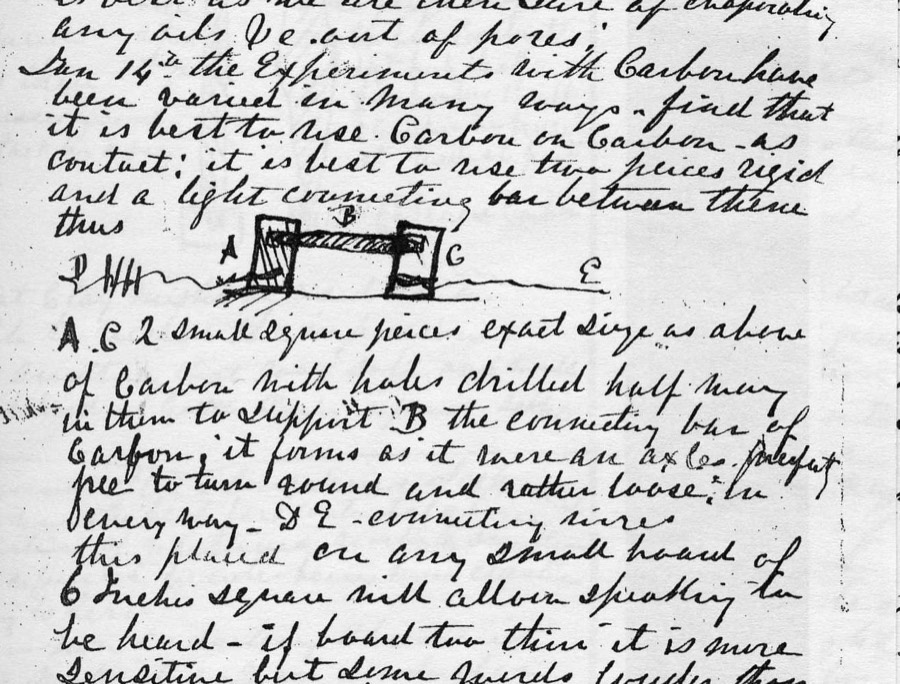
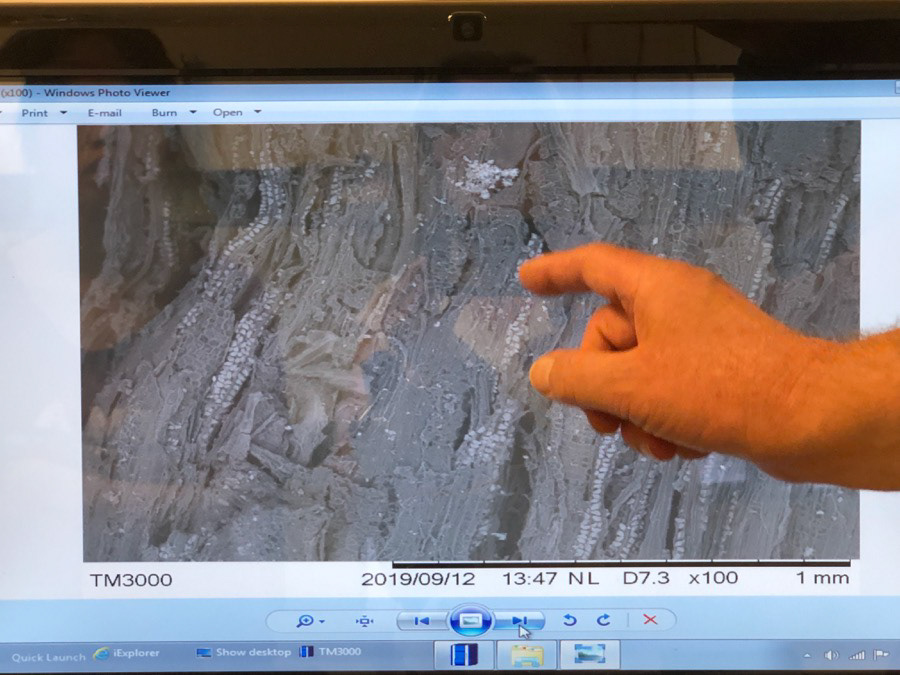

far left and center left, carbon microphone invented by David Edward Hughes, c. 1878 (publication date), http://davidedwardhughes.com/hughes-microphone/. center right and far right, electron microscope and Fourier-transform infrared spectroscopy imaging of charred pine wood at the Georgia Tech Institute for Electronics and Nanotechnology, September 2019.
At the crest of the Industrial Revolution, devices like the carbon microphone, telephone, telegraph, and Morse [code] Sounder employed carbon in tandem with wood, steel, copper, and electricity to transmit sound. David Edward Hughes, an inventor and professor of music, discovered the particular sensitivity of carbon particles and wood to the reverberative energy patterns of sound waves: Hughes found that carbon particles activated through the vibrations of a wood "sounding board" (diaphragm) materialized sound patterns, enabling their amplification.
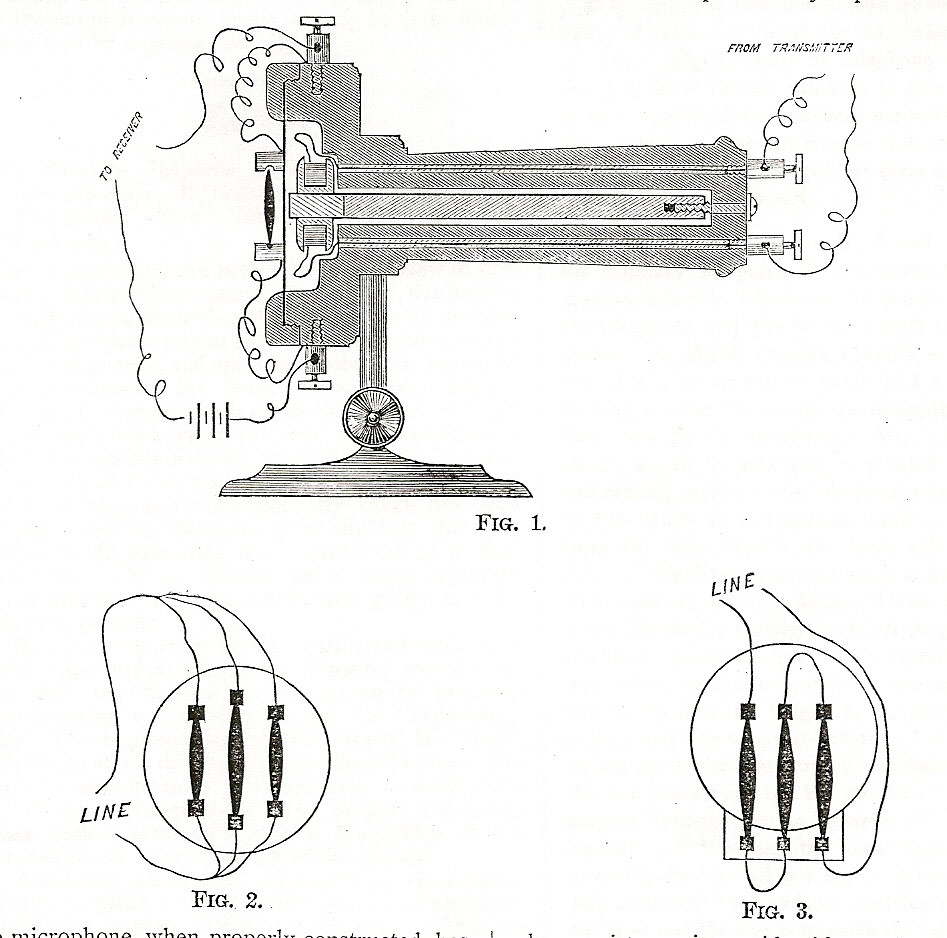

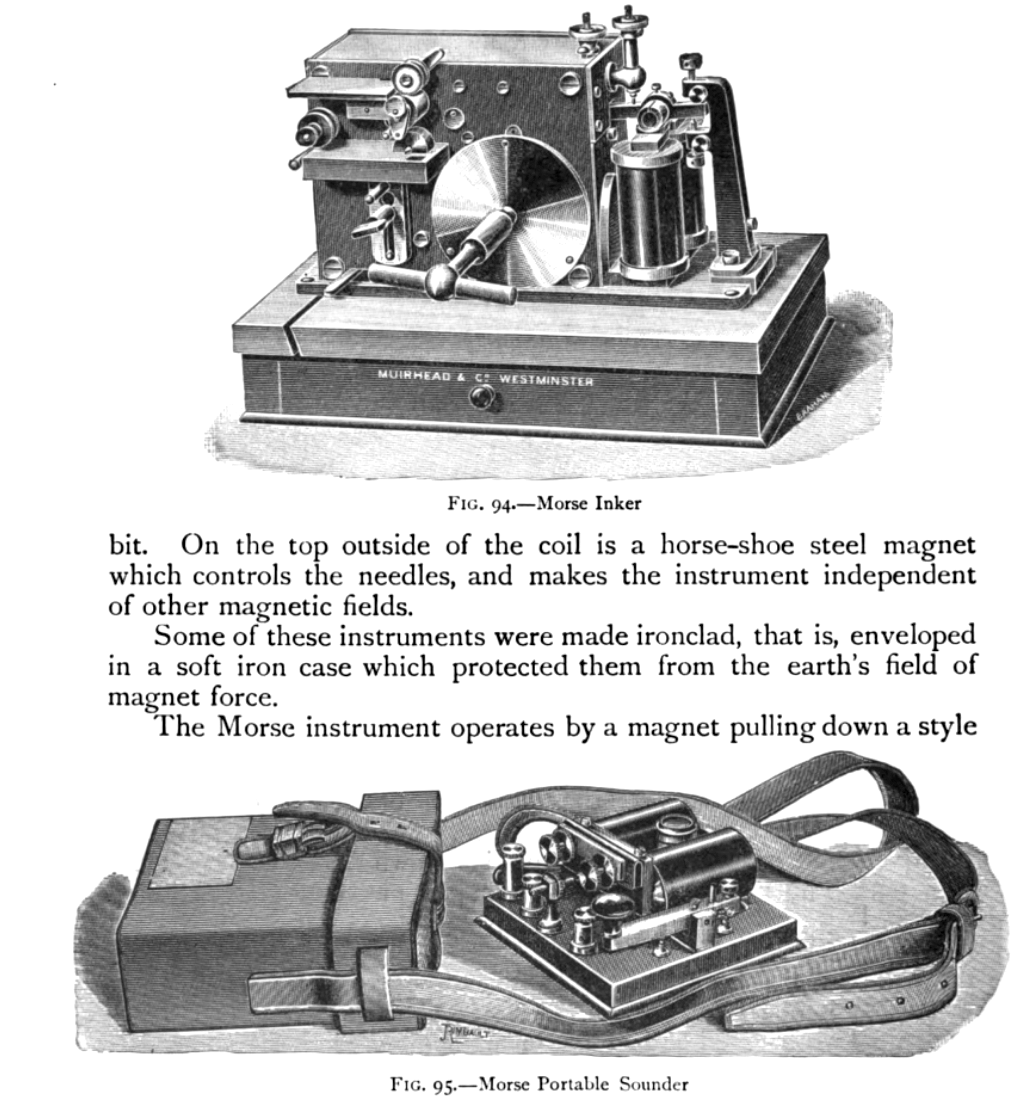

far left, carbon microphone and amplifier designed by David Edward Hughes, http://davidedwardhughes.com/hughes-microphone/; center left, Morse Code and Morse Sounder device, c. 1837, in Rankin Kennedy, 1902-03, Electrical Installations of Electric Light, Power, Traction, and Industrial Electrical Machinery Vol. 5, 70, https://catalog.hathitrust.org/Record/002024679; center right, Morse Inker and Portable Sounder (for field and military applications), c. 1840, in Kennedy, 71; far right, punched version of the dot-dash Morse Code, 1844, in Kennedy, 69.

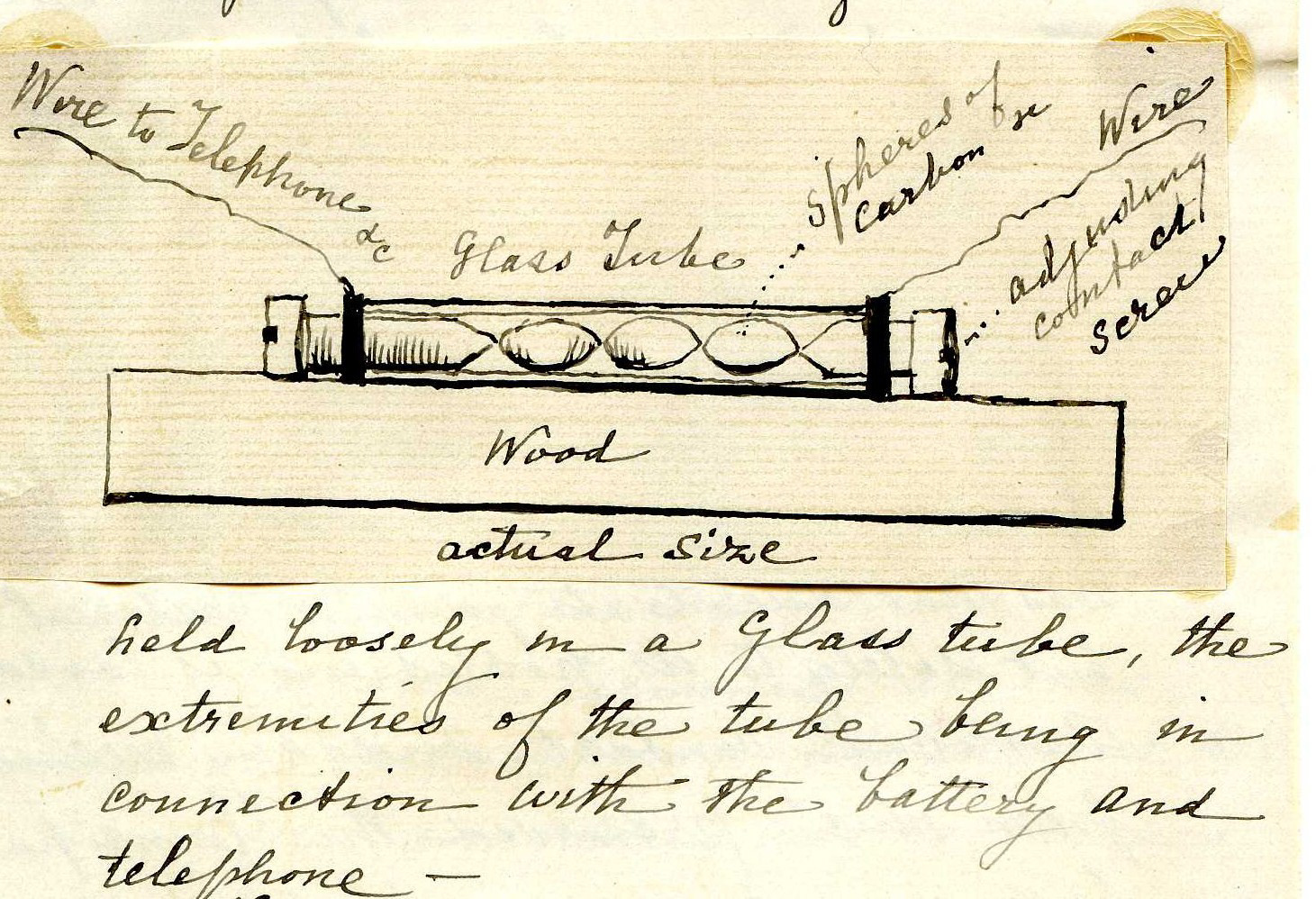
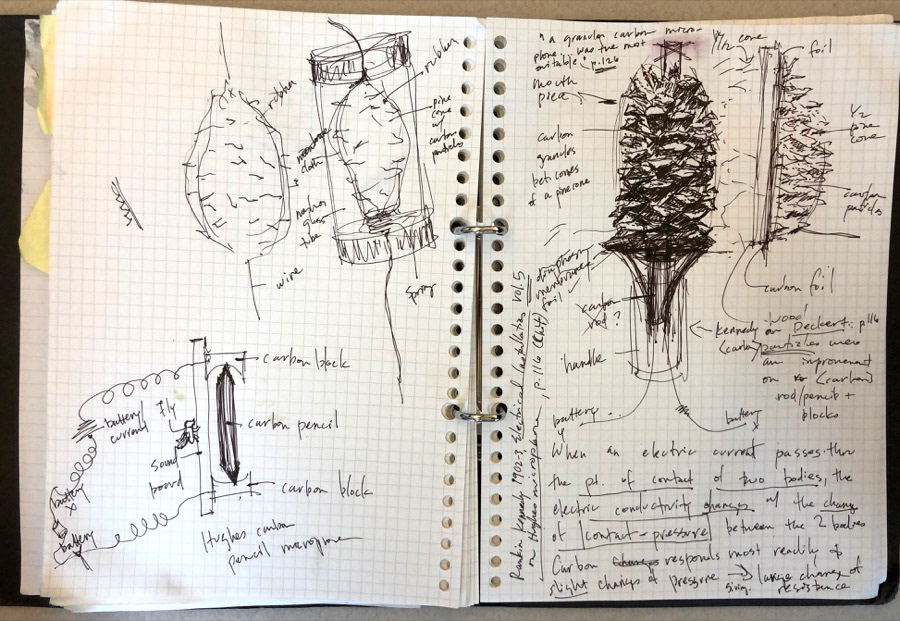
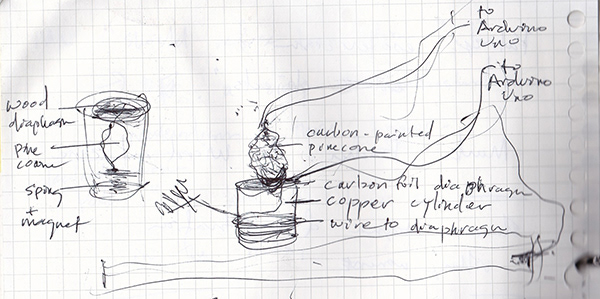
far left, Hughes' diagram of shape-shifting interactions -- dances -- of energized carbon particles in the Carbon Microphone, n.d., http://davidedwardhughes.com/hughes-microphone/; center left, Hughes' sketch and notes on carbon particle interactions in a telephone circuit, prefiguring a contemporary conducer, n.d., http://davidedwardhughes.com/hughes-microphone/; center right, initial Pinephone ideation sketches (Bennett), November 2019; far right, sketches of mason jar (left) and copper cylinder (right) iterations of Pinephone (Bennett), December 2019.
Carbon was the communicative material of 20th century microphones, telephones, telegraphs, and code machines. Reaching into the future, carbon is the material of nanotubes replacing silicone chips in new computers. Both conductive of and resistant to the passage of electricity, carbon transmits sound patterns to electrical currents flowing through it. A "dance" of energized carbon particles creates the differential currents known as impedance in electronic circuits, sound systems, and digital networks (Haraway 2008, When Species Meet).

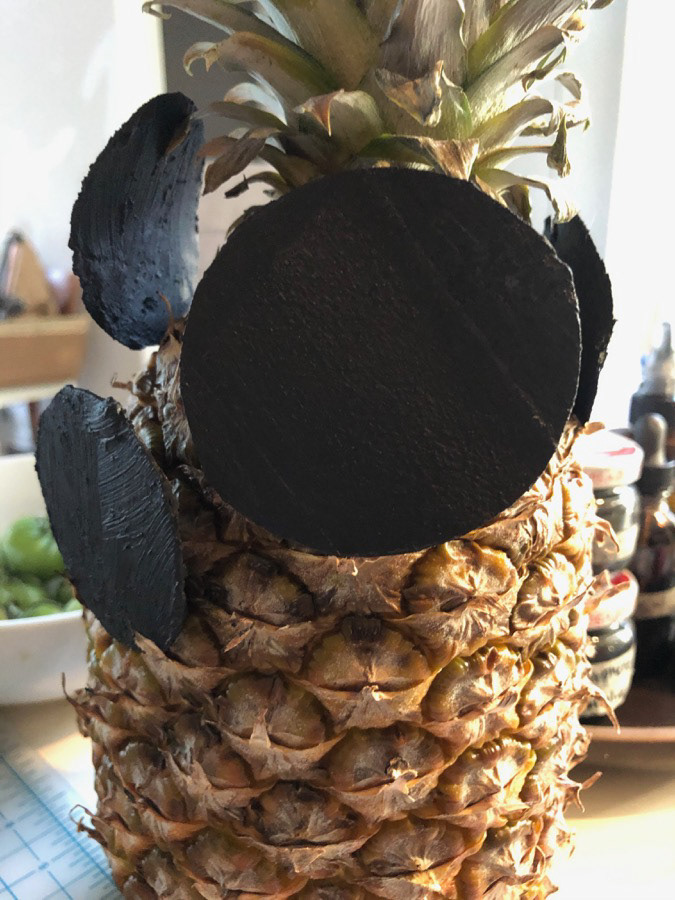


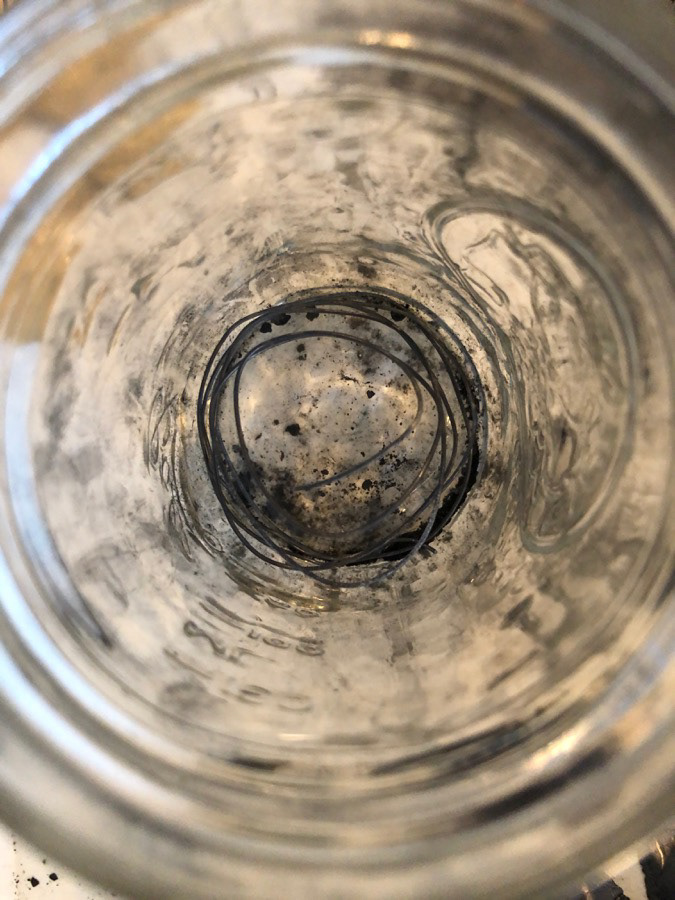
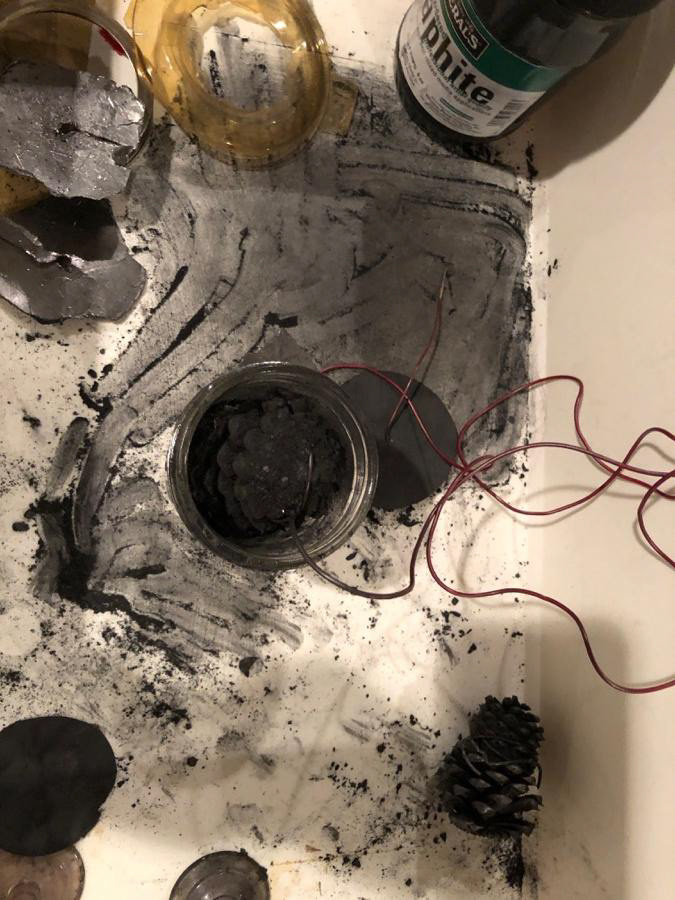
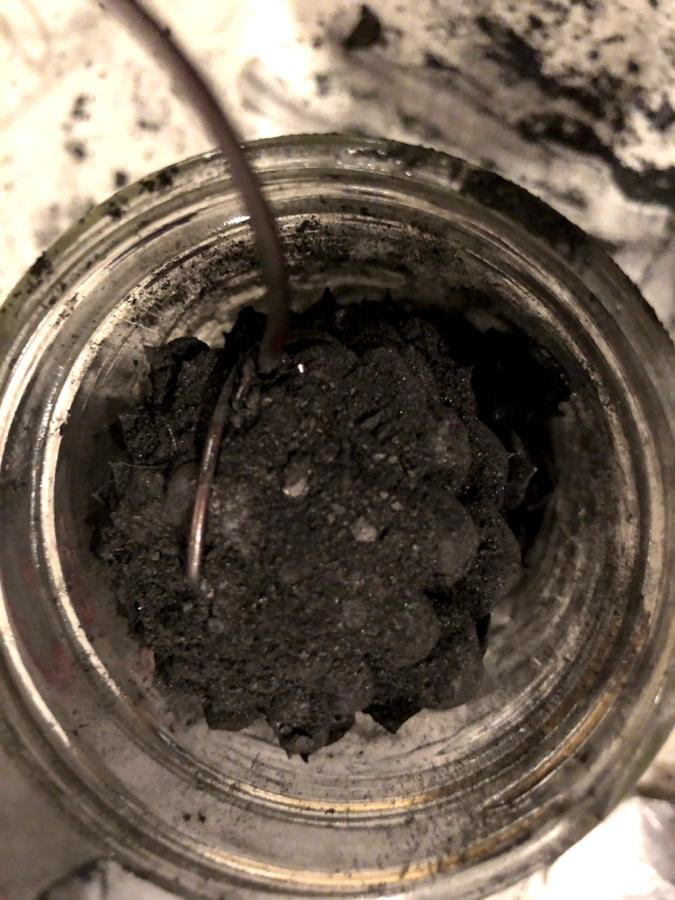
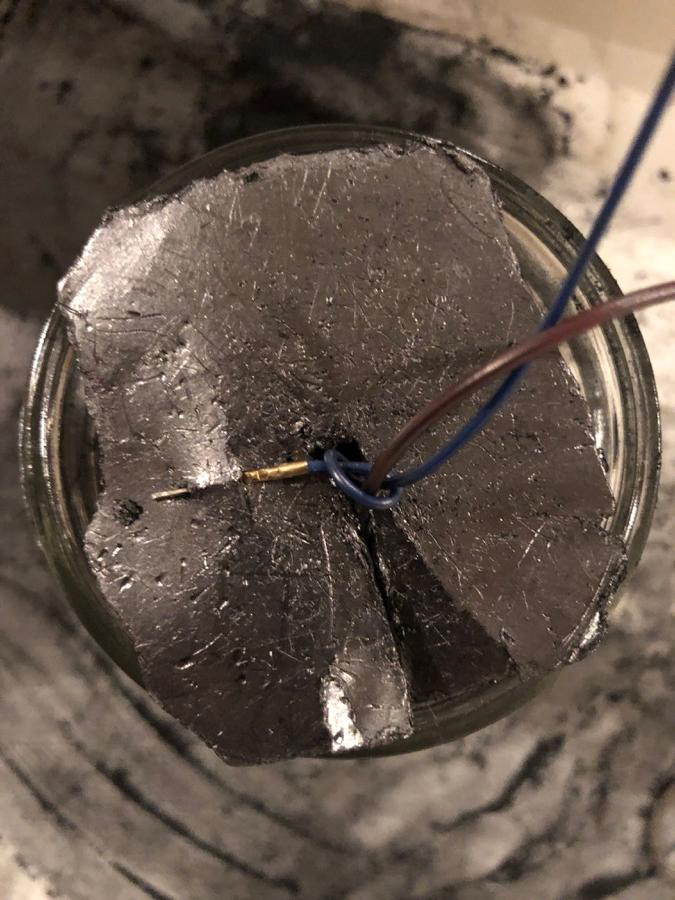

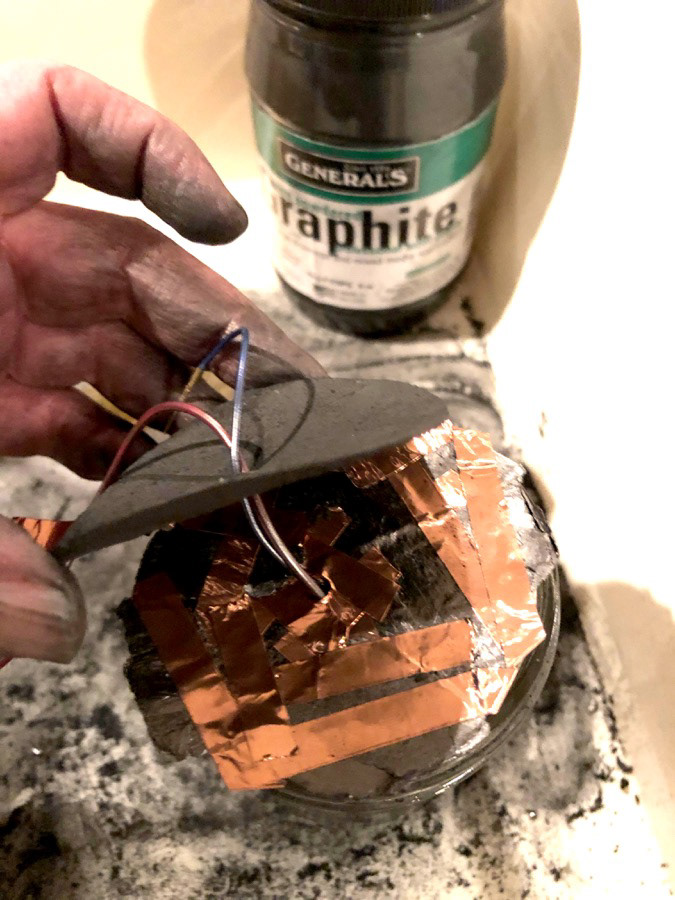
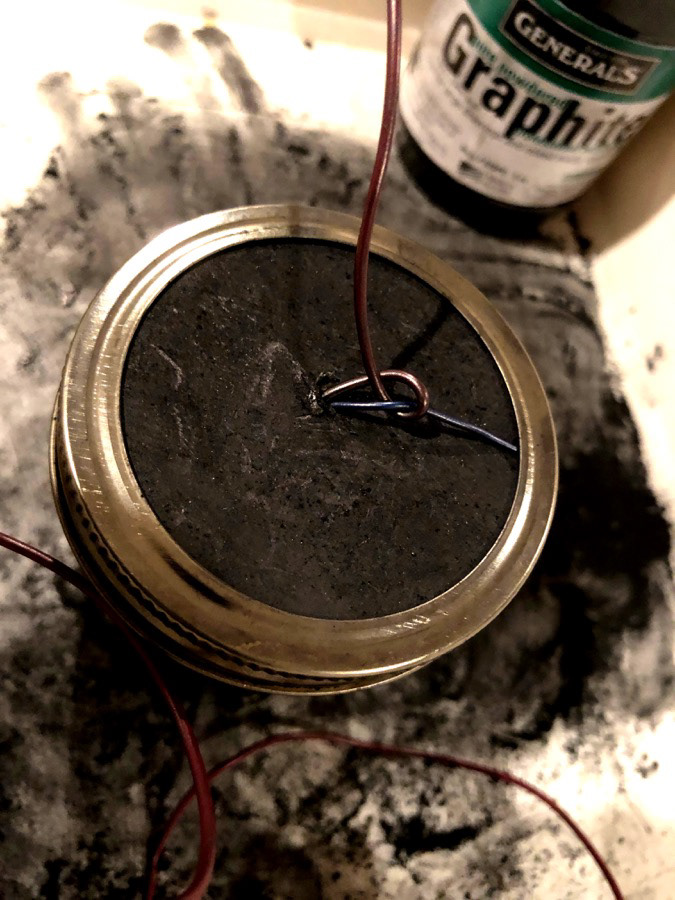
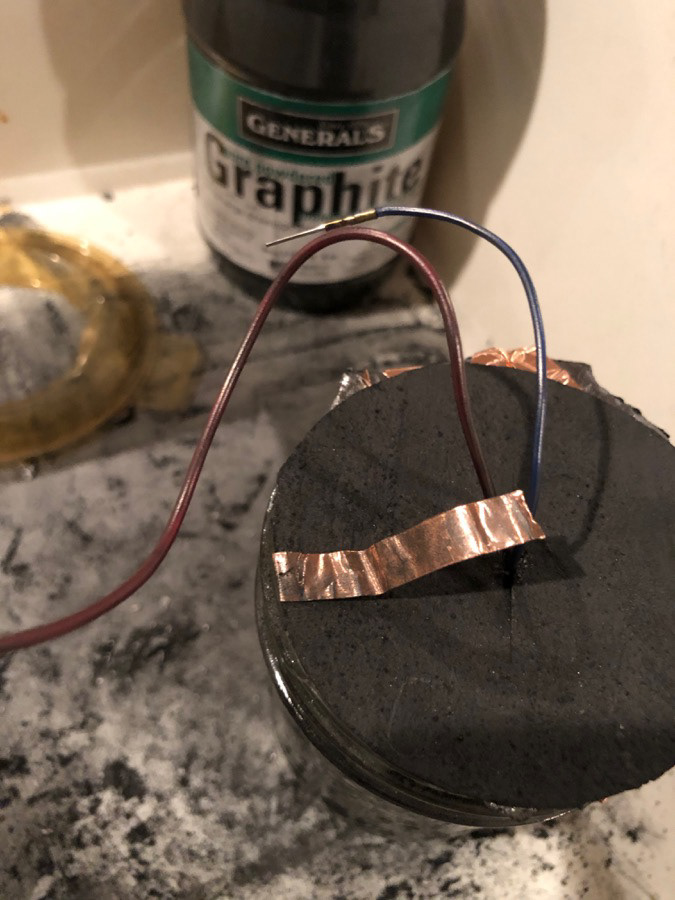

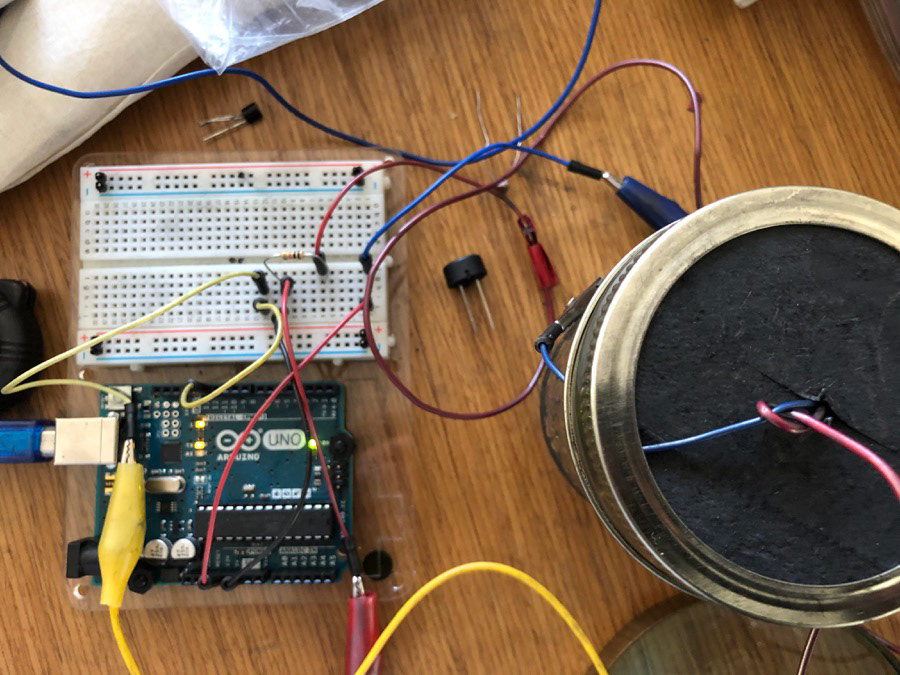
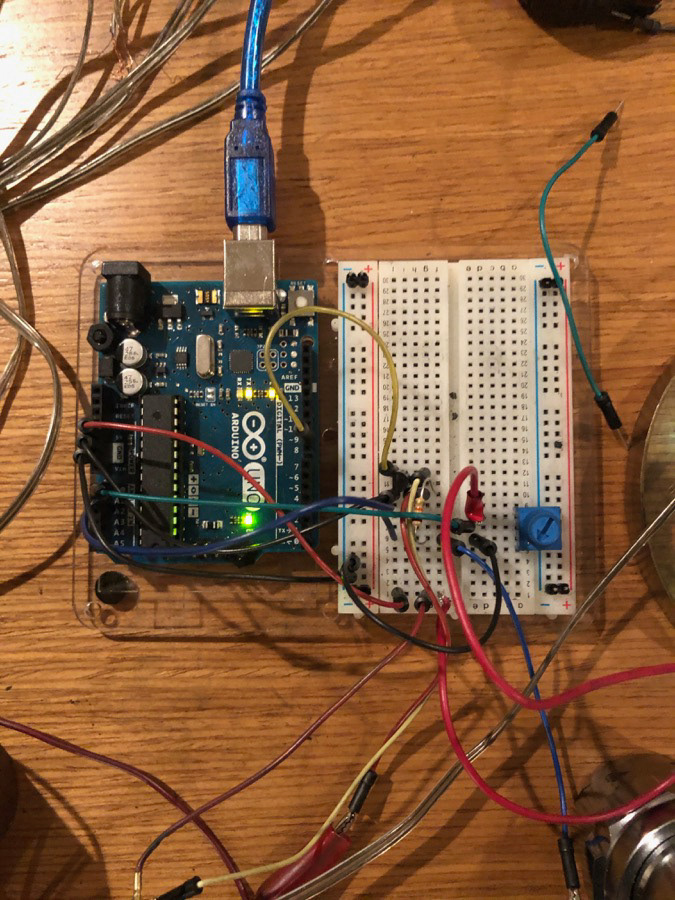
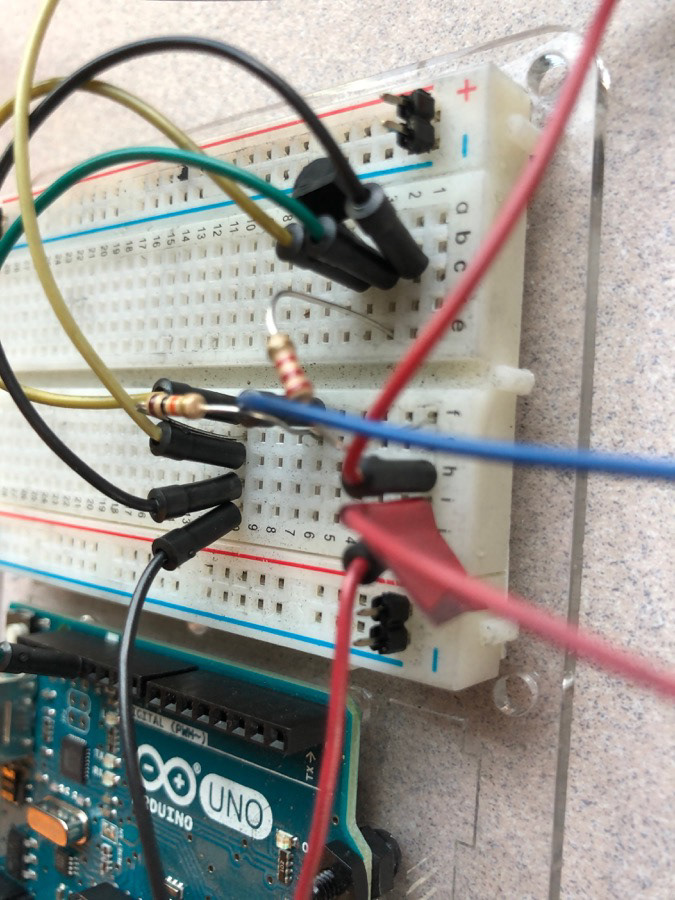


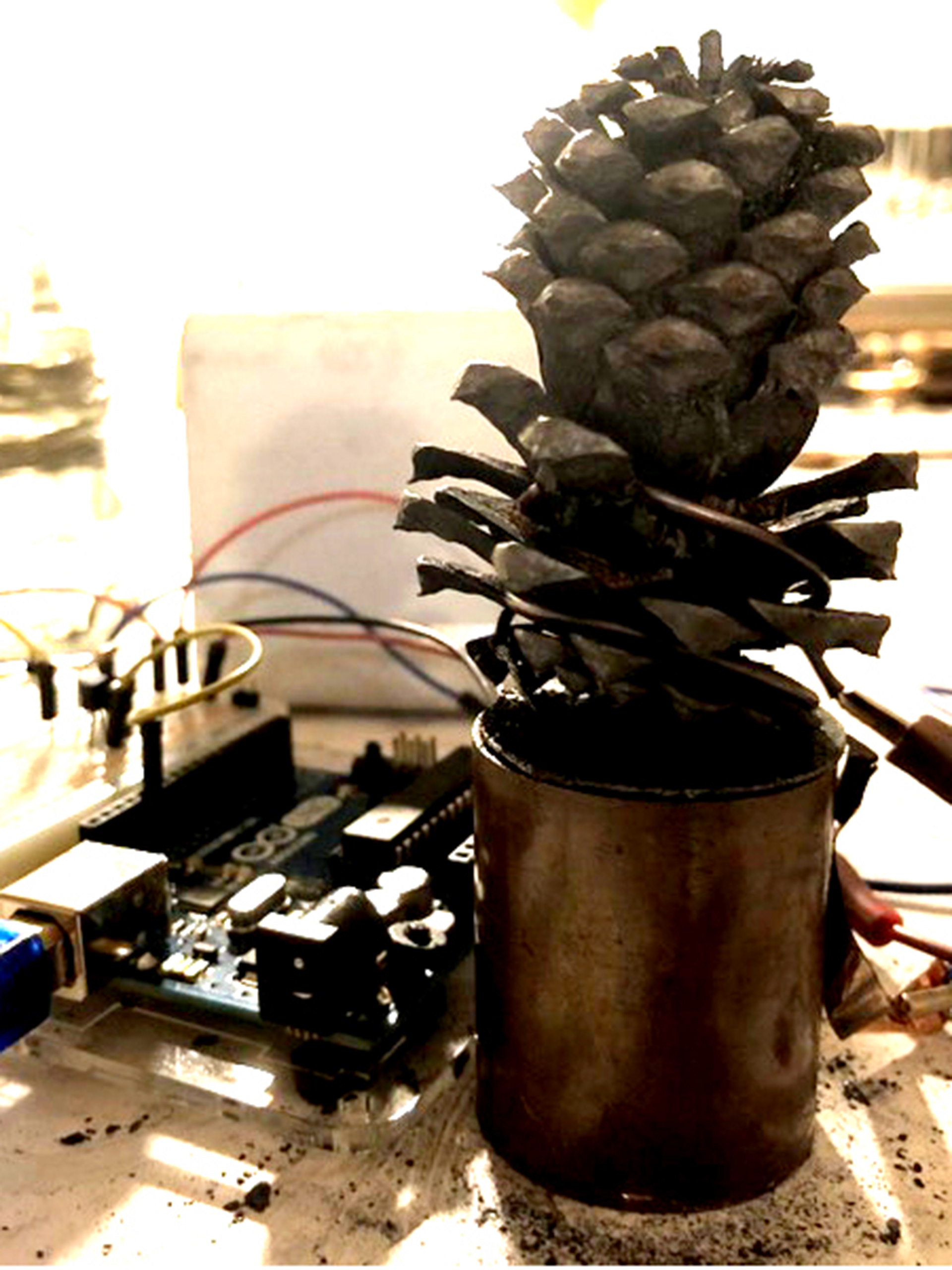
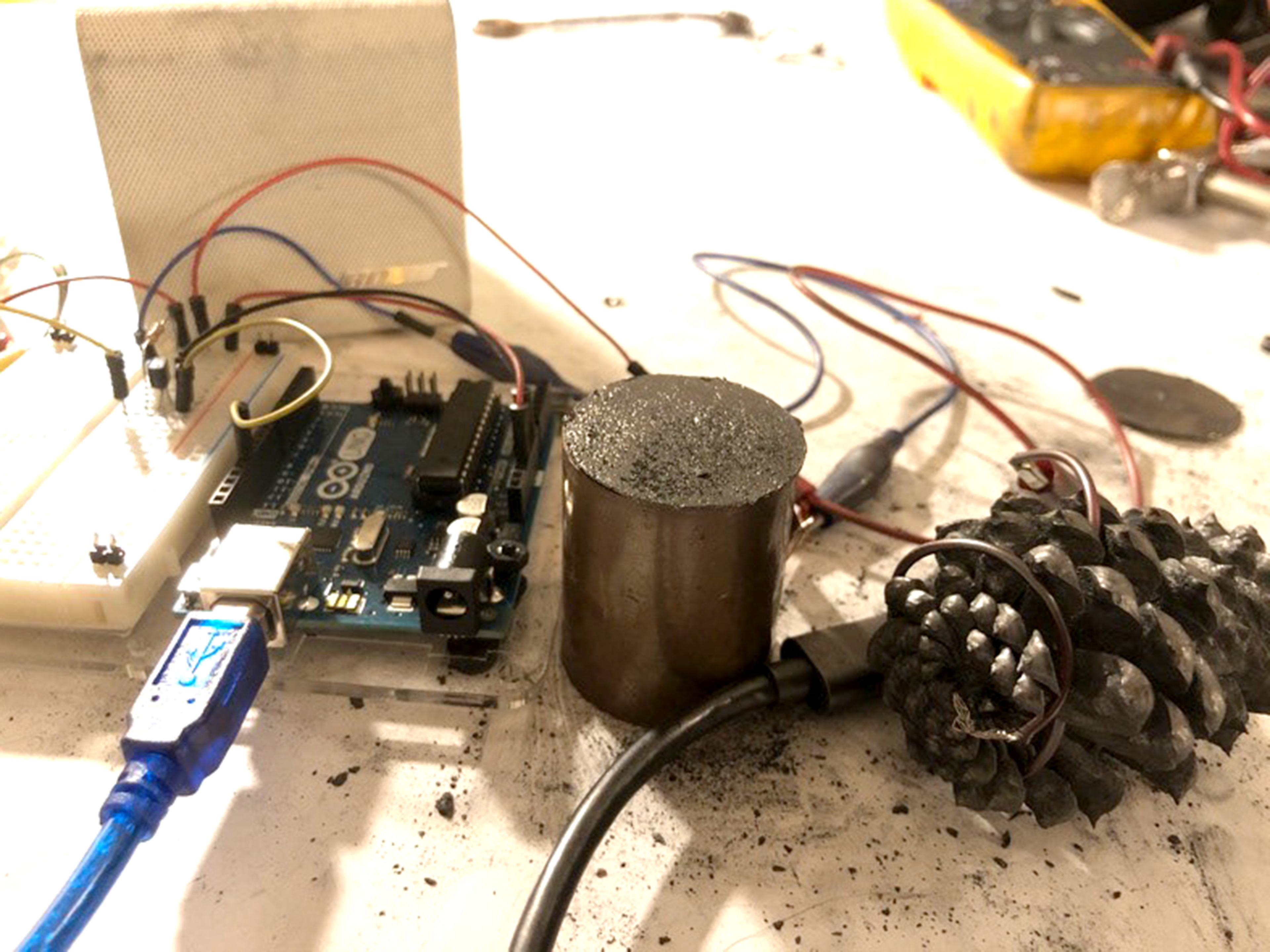

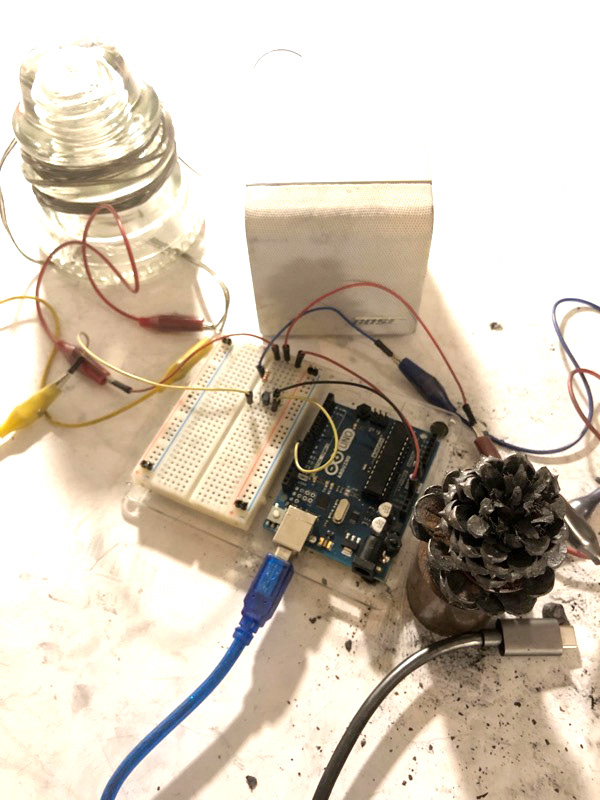
Assembling different versions of Pinephone inside and outside of a mason jar, .November-December 2019. All feature a pinecone painted with homemade conductive graphite paint. The jar version has a wood diaphragm, with and without paint, carbon foil electrodes, a spring, and a magnet. The second version has a carbon foil diaphragm on top of a solid copper cylinder. These and earlier iterations combine alternate circuit wiring and components including a piezo buzzer, a hacked cell phone speaker, a computer speaker (improving sound quality), a transistor (improving sound quality more), a potentiometer (moderating sound volume but reducing sound quality), an Arduino Uno, and digital code on a laptop computer..
Two versions of Pinephone, shown above in a mason jar and on a copper cylinder, amplify the dance of carbon particles. Both versions combine more conductive (graphite foil) and more resistive (graphite paint) forms of carbon as electrodes and resistors in an electronic, digitally encoded circuit. My video demonstrating both versions adopts the alternating long and short tones of a Morse Sounder. The point is to focus on the sound of carbon words, as dances between the carbon and the microphone's interlocutor/dance partner -- whether human or fly (as in an experiment by D.E. Hughes). It is a dance of a conversation "alien to the order of the voice" (Derrida 1997, Of Grammatology, 9). You may want to turn down the sound volume on your device before playing the video below!
Video documenting Pinephone references, presentation points, and demonstrations of the two versions. Delay in the digital computation of sound variations during operation mimics the delay between human hand movements and brain registration of those movements. The operation simulates that of a simplified Morse Sounder.
